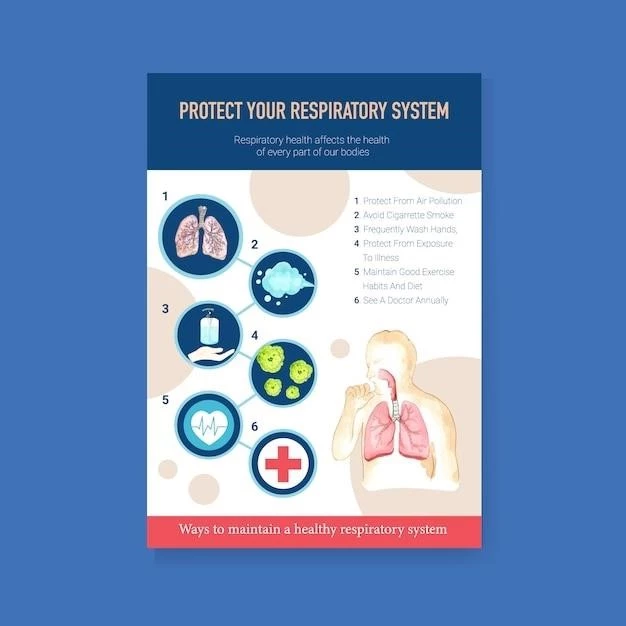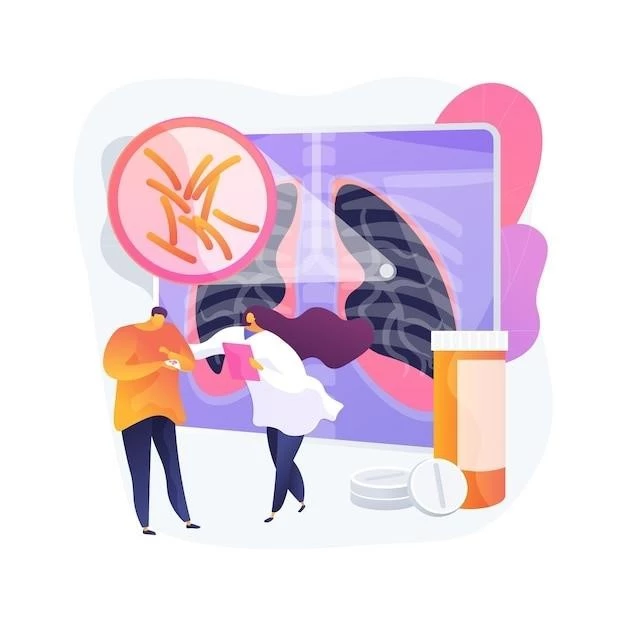Overview of Acute Respiratory Distress Syndrome (ARDS)
Understanding the causes of ARDS is crucial for prevention and effective treatment.
Causes of Acute Respiratory Distress Syndrome
ARDS can be caused by sepsis‚ pneumonia‚ aspiration of stomach contents‚ trauma‚ or inhaling harmful substances. Infections‚ severe injuries‚ and certain medical procedures are also known triggers for ARDS.
Understanding ARDS Symptoms
Recognizing the symptoms of ARDS early can lead to prompt intervention and improved outcomes.
Symptoms of ARDS
Common symptoms of ARDS include severe shortness of breath‚ rapid breathing‚ low oxygen levels‚ and fatigue. Chest pain‚ cough‚ and confusion may also occur. It is crucial to seek medical attention immediately if experiencing these symptoms.
Treatment and Management of ARDS
Understanding the treatment options is essential for effectively managing ARDS and improving outcomes.
Treatment Options for ARDS
Treatment for ARDS typically involves oxygen therapy‚ mechanical ventilation‚ medication to reduce inflammation‚ and addressing the underlying cause. In severe cases‚ extracorporeal membrane oxygenation (ECMO) may be used.
Prevention and Risk Factors
Understanding risk factors can help prevent ARDS‚ while adopting preventive strategies is key.
Prevention Strategies for Acute Respiratory Distress Syndrome
Preventing ARDS involves avoiding smoking‚ maintaining a healthy weight‚ getting vaccinations‚ practicing good hand hygiene‚ and following safety protocols in high-risk environments. Early treatment of infections and prompt medical attention for respiratory symptoms are also crucial prevention measures.
Risk Factors for Developing ARDS
Risk factors for ARDS include severe infections‚ pneumonia‚ sepsis‚ lung trauma‚ aspiration of stomach contents‚ and inhalation of harmful substances. Patients with underlying health conditions like diabetes‚ heart disease‚ or a weakened immune system are at higher risk. Age‚ smoking‚ and genetic factors can also contribute to the likelihood of developing ARDS.
Comparative Analysis and Impact
Understanding the differences between ARDS and pneumonia can help in accurate diagnosis and treatment.
ARDS vs. Pneumonia⁚ Key Differences
ARDS and pneumonia differ in their pathophysiology‚ with ARDS characterized by widespread inflammation and lung damage‚ while pneumonia is typically an infection of the lung tissue. The treatment approaches and prognosis also vary between the two conditions.
Impact of COVID-19 on ARDS Cases
COVID-19 has led to a significant increase in ARDS cases globally. The novel coronavirus can cause severe respiratory distress in infected individuals‚ leading to a higher incidence of ARDS. Understanding the link between COVID-19 and ARDS is crucial for effective management and prevention strategies.

Prognosis and Recovery
Understanding the prognosis and recovery process from ARDS is fundamental for patients and caregivers.
Prognosis and Recovery from Acute Respiratory Distress Syndrome
The prognosis for ARDS varies based on severity and underlying health conditions. Recovery often involves a multi-disciplinary approach with respiratory therapy‚ physical rehabilitation‚ and psychological support. Early intervention and adherence to treatment plans are crucial for a successful recovery from ARDS.
